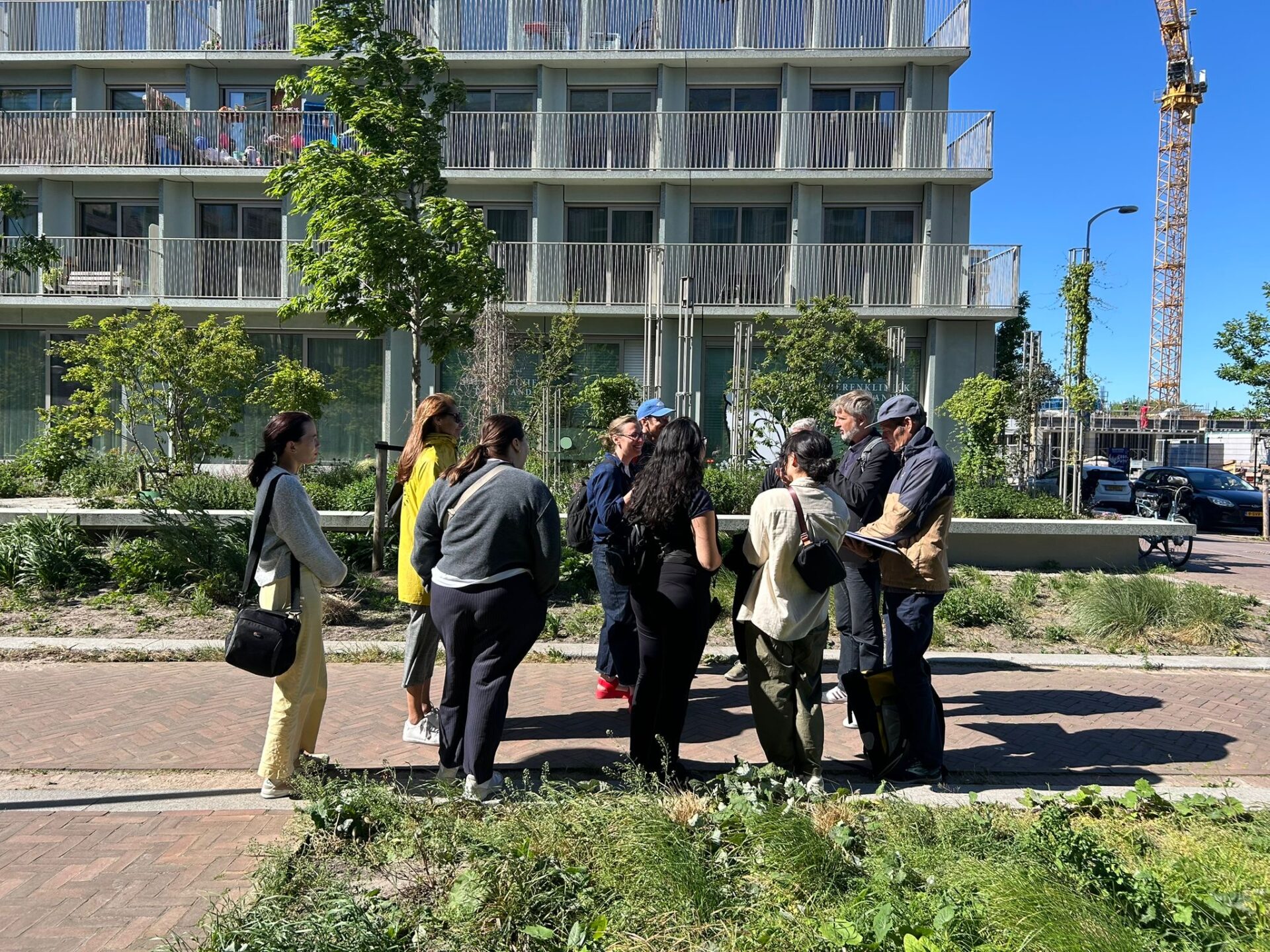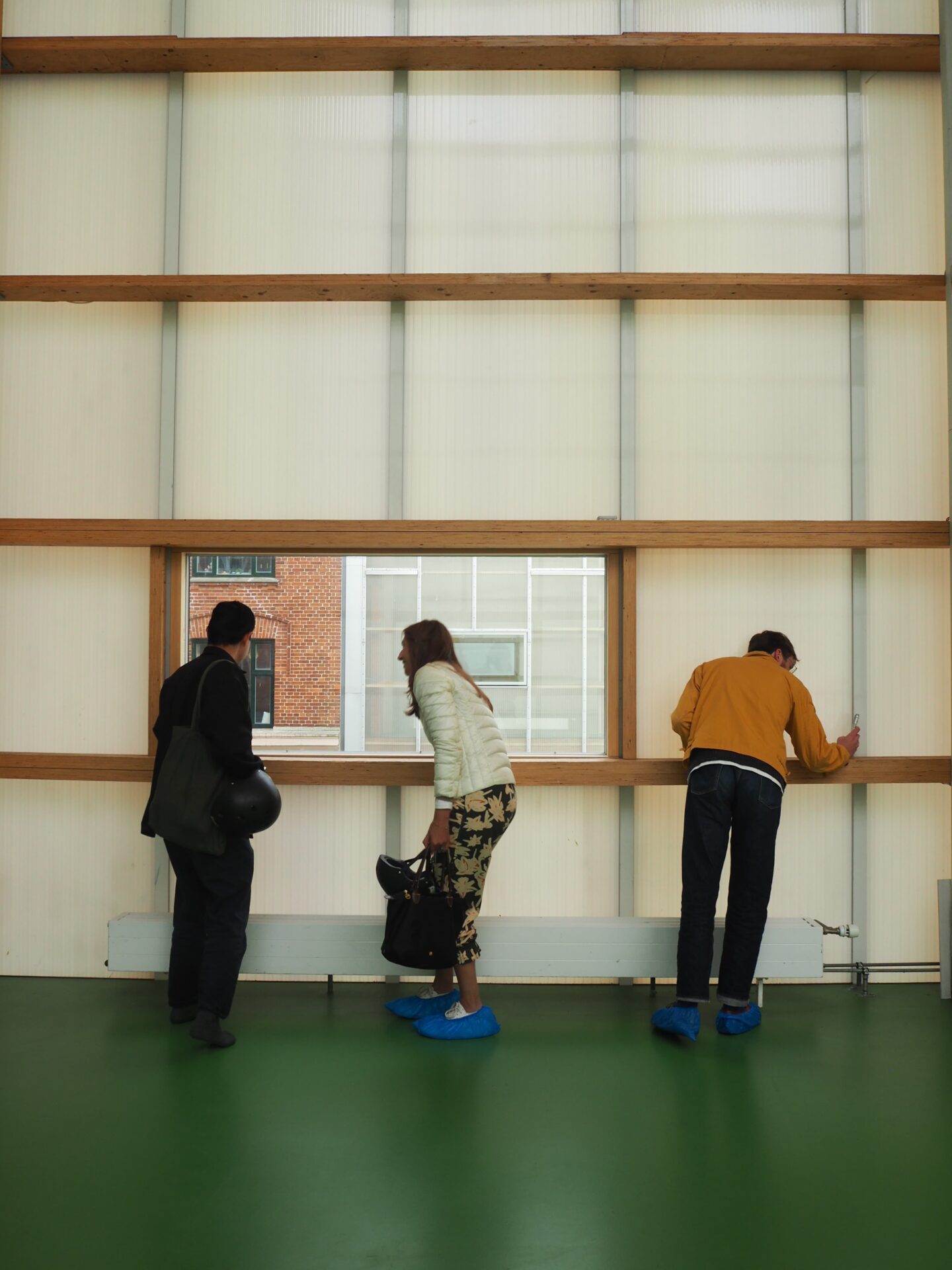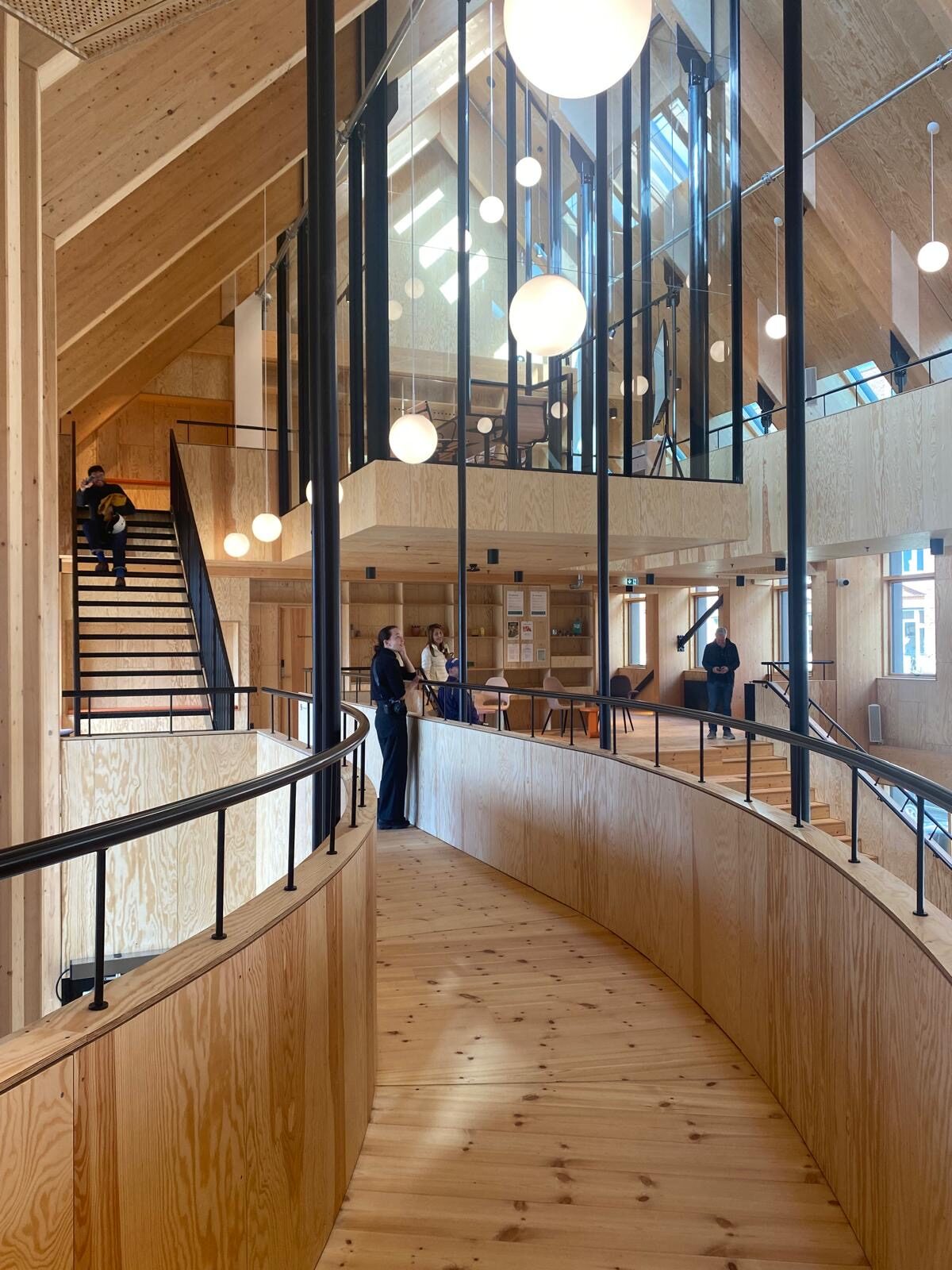

Seeing Differently: Observation, Dialogue and Design in a Shifting World
There’s a kind of clarity that doesn’t come from having all the answers but from learning to listen. The Australian Institute of Architects Dulux Study Tour 2025 wasn’t about chasing architectural icons or ticking cities off a list. It was about attuning ourselves to difference, tempo and place. We travelled through Copenhagen, Amsterdam, Rotterdam and Barcelona, yet more profoundly, we travelled through questions.
In each city, we encountered a distinct cultural temperament: subtle and often unspoken, yet deeply felt in how space is made and held.


Copenhagen offered a calm kind of civic optimism. Its design language was quiet yet precise, with each project’s success measured by how generously it returned value to the public. There was an ethic of care embedded in its urban fabric – one that prioritised the collective over the individual and the long-term over the immediate. It reminded us that restraint isn’t a limitation but a form of respect.
Amsterdam revealed a choreography between control and creativity. Architecture there negotiated a delicate balance between heritage and renewal, tradition and transition. The city moved like a tightly held composition, with each element finely tuned to support the whole. It taught us that structure can enable – not inhibit – improvisation.
Rotterdam disrupted the rhythm. Its post-war tabula rasa felt charged with creative tension – a place where reinvention wasn’t just permitted but necessary. There was a rawness to the city: a willingness to test, to fail publicly, to imagine otherwise. It reframed the architect – not as a passive technician, but as an active civic thinker, someone who agitates within and against the frame.
Barcelona brought a slower kind of attention: the friction between past and present and the urgency to move forward. We saw that architecture isn’t always about looking back or pushing ahead, but about holding layers in tension and allowing different eras to coexist without hierarchy.

The thread running through all four cities was this: architecture, at its most generous, begins with observation – not passive looking but active, empathetic and often political attention. In an era dominated by speed, distraction and automation, the act of paying close attention becomes radical. To listen truly – to place, people and precedent – is to resist the flattening of nuance. It is to design with depth and integrity.
But attention alone is not enough. The tour reminded us that listening must be matched with rigorous engagement, theory, critique and conversation. To care deeply is also to think deeply. We are in a moment where the role of the architect is shifting, buffeted by climate crisis, digital acceleration and social inequity. Our relevance depends not on how fluently we mimic trends, but on how critically we engage with the discipline itself.
And this engagement must extend beyond the bounds of practice. It should shape how we contribute to governance, policymaking, and the design of frameworks that shape our built environment. What is urgently needed is a stronger, people- and design-led common sense in decision-making – an approach that values lived experience, places trust in the intelligence of good design and prioritises the long-term wellbeing of communities. Architecture is not only a product of systems; it has the potential to recalibrate them.
So, we return to the work – not just the drawing, but the thinking. Read more. Debate harder. Ask better questions. Join the discourse. Because architecture isn’t just what we build; it’s what we argue over, dream about and fight for.
To practise architecture today is to stay with the discomfort of complexity, to embrace the messy yet necessary labour of listening, and above all, to remain fiercely and unapologetically engaged.